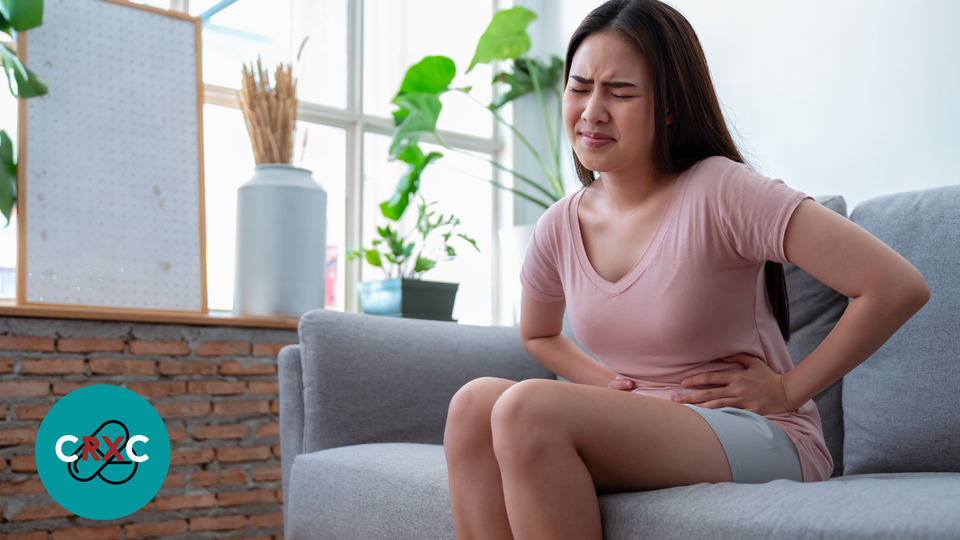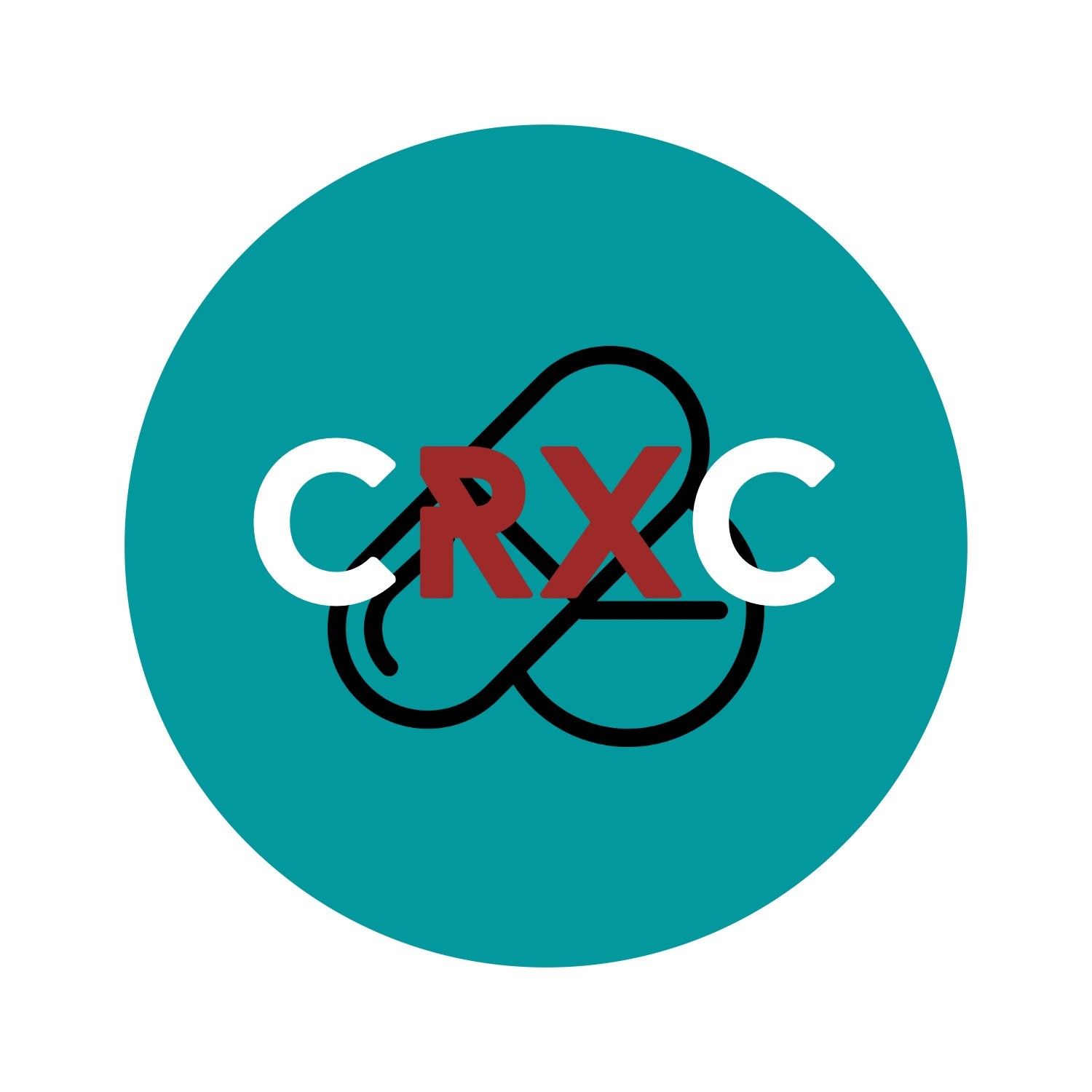Normal period pain VS. endometriosis, how to tell the difference and what types of medications can help

What defines "normal" when it comes to period pain?
Average period pain is considered to feel like mild cramping within your lower pelvis and abdominal area. It usually occurs during the first, two to three days of your menstrual flow. Typically, normal period pain is caused by the release of prostaglandins and has been shown to improve as women age. You could also help reduce and subside this type of menstrual cramping and pain with medications such as ibuprofen, naproxen, excedrin and or aspirin. If period pain does not reduce to these treatments, it is possible that you could be experiencing a more severe kind of period pain known as endometriosis.
What is endometriosis?
"A condition resulting from the appearance of endometrial tissue outside the uterus and causing pelvic pain, especially associated with menstruation." - Oxford dictionary
This is often associated with a higher pain disorder in which tissue that is similar to the lining of the inside of your uterus, also known as the endometrium begins to grow or has grown on the outside your uterus walls. Endometriosis can only involve your ovaries, fallopian tubes and the tissues lining your pelvis area, but does not spread anywhere else throughout your body.
Symptoms of endometriosis
Common signs and symptoms include:
- Abnormally painful periods (dysmenorrhea) - Excruciating pelvic pain and cramping can be felt before your menstrual period and last several days and include lower back and abdominal pain.
- Pain during sex - Pain throughout or after intercourse is common with endometriosis.
- Painful bowel movements or urination - You're most likely to experience these symptoms during your menstrual period with endometriosis.
- Excessive bleeding - Abnormal, heavy menstrual periods or bleeding between periods can occur.
- Leg pain - Endometriosis affects your pelvic region and the nerves that connect to your groin, hips, and legs area. This can cause leg pain and make it hard to walk.
- Infertility - Some people may only find out that they have endometriosis when they experience difficulty getting pregnant.
- Other signs and symptoms - Fatigue, nausea, diarrhea, constipation or bloating are just a few other symptoms you may experience during menstrual periods.
Know the difference and when to talk to your doctor
Normal periods and period pain associated with what is to be known as "normal" are much less intense in its symptoms compared to the endometriosis symptoms listed above. If you are experiencing any of the signs or symptoms seek medical assistance from your doctor as this diagnosis can be very challenging to live and cope regularly without proper treatment and management.
Types of treatment
Pain medications:
Your doctor may recommend that you take an over-the-counter pain reliever, such as the nonsteroidal anti-inflammatory drugs (NSAIDs) ibuprofen (Advil, Motrin IB, others) or naproxen sodium (Aleve) to help ease painful menstrual cramps.
Your doctor may recommend hormone therapy in combination with pain relievers if you're not trying to get pregnant.
Hormone therapy:
Therapies used to treat endometriosis include:
- Hormonal contraceptives
Birth control pills, patches and vaginal rings help control the hormones responsible for the buildup of endometrial tissue each month. Many have lighter and shorter menstrual flow when they're using a hormonal contraceptive. Using hormonal contraceptives — especially continuous-cycle regimens — may reduce or eliminate pain in some cases. - Gonadotropin-releasing hormone (Gn-RH) agonists and antagonists
These drugs block the production of ovarian-stimulating hormones, lowering estrogen levels and preventing menstruation. This causes endometrial tissue to shrink. Because these drugs create an artificial menopause, taking a low dose of estrogen or progestin along with Gn-RH agonists and antagonists may decrease menopausal side effects, such as hot flashes, vaginal dryness and bone loss. Menstrual periods and the ability to get pregnant return when you stop taking the medication. - Progestin therapy
A variety of progestin therapies, including an intrauterine device with levonorgestrel (Mirena, Skyla), contraceptive implant (Nexplanon), contraceptive injection (Depo-Provera) or progestin pill (Camila), can halt menstrual periods and the growth of endometrial implants, which may relieve endometriosis signs and symptoms. - Aromatase inhibitors
Aromatase inhibitors are a class of medicines that reduce the amount of estrogen in your body. Your doctor may recommend an aromatase inhibitor along with a progestin or combination hormonal contraceptive to treat endometriosis.
Source of types of treatment from: https://www.mayoclinic.org/diseases-conditions/endometriosis/diagnosis-treatment/drc-20354661
Medications
If you've talked to your doctor and have established a therapy plan and require medication at a more affordable rate, please take a look at our products and pricing list online for listings on endometriosis medications we have available on our website: https://canadarxconnection.com/usp.php
